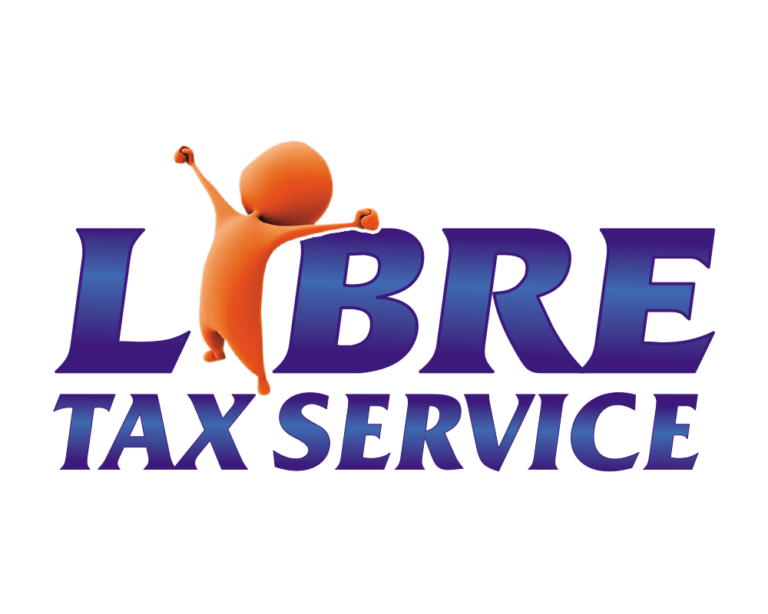The IRS’s Taxpayer Experience Office was formed in order to improve service across the board.
The IRS has formally created the first-ever Taxpayer Experience Office as part of a longer-term commitment to improving taxpayer service, and will shortly begin taking further measures to broaden the endeavor.
“As the IRS takes urgent actions this filing season, including hiring more staff to meet the major problems that a resource-constrained IRS faces, it’s vital that we continue to work to equip the IRS to be a 21st-century resource for Americans,” said IRS Commissioner Chuck Rettig. “The official creation of this office will aid in the unification and expansion of activities across the IRS to improve taxpayer service.”
Working with all IRS business divisions and closely interacting with the Taxpayer Advocate Service, the Taxpayer Experience Office will focus on all elements of taxpayer transactions with the IRS across the service, compliance, and other program areas. The office is a component of the initiative outlined in last year’s Taxpayer First Act Report to Congress PDF. The Taxpayer Experience Strategy was developed with input and comments from taxpayers, tax professionals, and the tax community. A 360-degree view of taxpayer accounts increased e-File, and payment choices, digital signatures, secure two-way communications, and online accounts for companies and tax experts are among the projects and technologies highlighted in the Report to Congress.
The Internal Revenue Service’s Taxpayer Experience Office has identified key activities that the agency will focus on over the next five years to help drive the agency’s strategic direction for improving the taxpayer experience, including those commitments outlined in President Obama’s Executive Order on Transforming Federal Customer Experience and Service Delivery to Rebuild Trust in Government.
By defining agency-wide taxpayer experience standards and expectations, the Taxpayer Experience Office will recognize evolving taxpayer expectations and industry trends, concentrate on customer service best practices, and promote a consistent voice and experience across all taxpayer segments. In the following months, the office will hire more people to help with the endeavor.
“Whether it’s monitoring the status of a tax return, meeting with a revenue agent for an audit, or getting a tax credit deposited into their bank account,” Corbin said, “enhancing service delivery and customer experience are an essential priority for us.” “We’re dedicated to creating and providing services that are more accessible to our broad taxpayer base.”
Increasing customer call-back, expanding payment alternatives, secure two-way messaging, and additional services for multilingual clients are some of the areas that will be improved in the near future. These initiatives build on previous enhancements including digital tools to assist Economic Impact Payments and the Advance Child Tax Credit, as well as online chat and an online tax professional account.


